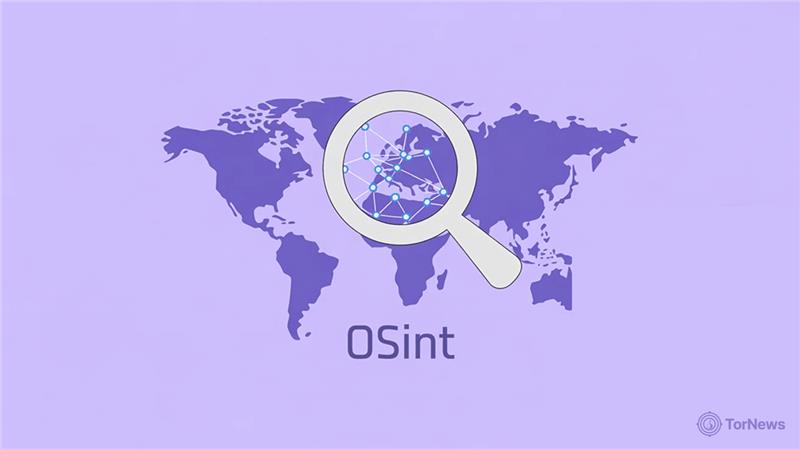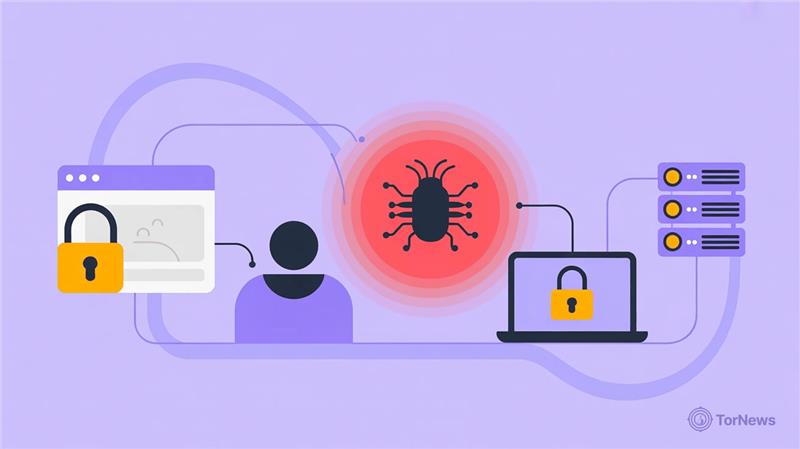Have you ever thought about how your seemingly innocent computer in your living room can speak with a server that’s located halfway around the world?
The answer is quite simple. It is through the gateway. If the internet were a highway system, your home or office network would be a single street. The gateway can be viewed as both the on-ramp and a traffic controller, serving as a translator.
In essence, a gateway is a required hardware or software that facilitates data movement between the Internet and your local area network and vice versa.
In this guide, we will help you make sense of the gateway; how it works, its core function, different types of gateways, why a gateway is not a router, why it is a mandatory hardware in a secure network, and many other notions associated with a gateway.
What is a Gateway?
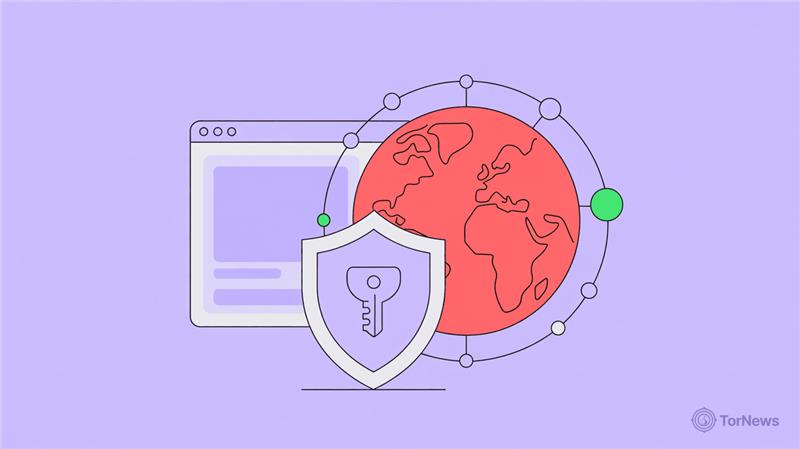
In computer networking, a gateway is simply a node in a network that serves as a data entry and exit point. Simply put, the gateway is the ‘gate’ that exists between two networks that use different protocols and acts as some kind of interpreter, enabling one network to communicate with another network.
Without the aid of a gateway, both networks are unable to exchange any data. For example, picture two individuals who are trying to converse but neither of them shares a common language.
They would need an interpreter.
This is exactly what a gateway does for the networks. A gateway receives the data from one network, converts it to the format that the other network can understand, and sends it to the new network location.
Gateways are needed because the networks are transferring data using different protocols (for example, a local area network (LAN) and the public internet). The gateway allows for different network protocols to communicate with one another, but provides only translation. It does not provide security for incorporation into the gateway:
It also allows for:
- Protocol convergence: It can convert protocols from one network to another. For example, convert a local area network protocol into a Wide Area Network (WAN) protocol.
- Routing: While based on the primary function of translation, gateways are also routing devices. The gateway always knows the most efficient way for the data packets to reach their destination.
- Security: A gateway is a good place to put security, such as firewalls, since it is the point of entrance for a network, and therefore can provide protection against outside threats.
A gateway is usually located on the edge of a network and serves as the entry point for all entering and exiting information. This location helps with security and network management.
How a Gateway Works
The way a gateway connects two networks is interesting. When a data packet is to traverse networks, it goes to the gateway.
- The gateway receives the data packet.
- The gateway checks the destination address on the packet.
- If the destination address is on another network, the gateway converts the packet (protocol) so the receiving network can read the packet.
- Furthermore, the gateway will send the translated data packet to the new network.
This process of continuous receiving, converting, and sending is how the internet allows data to be exchanged with other networks.
Types of Gateways
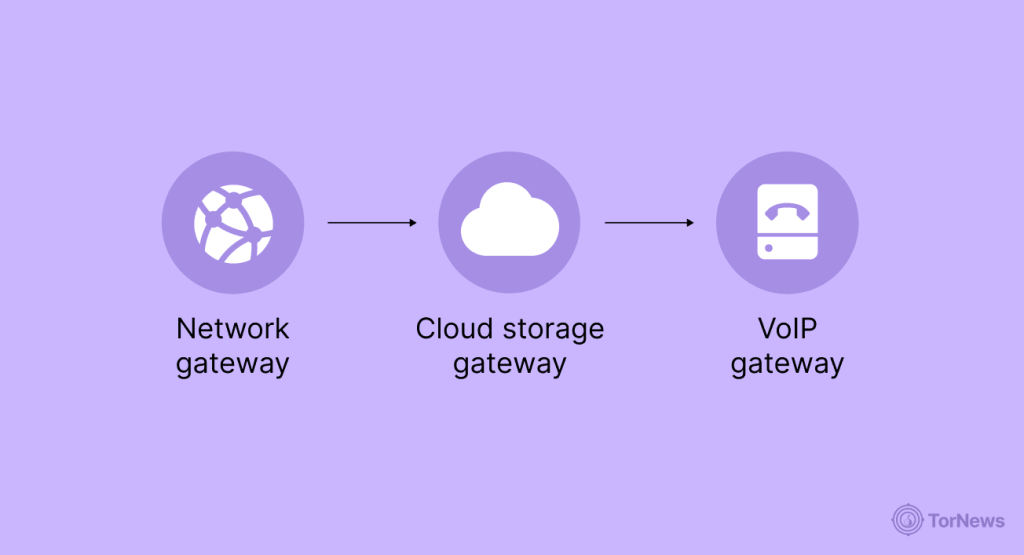
Gateways come in various types and operate in a specific manner. Some common examples of gateway types include:
- Network gateway: This is the simplest and most common type of gateway. It is the device that connects a local network to the internet. Examples of a network gateway would be your home router-modem combo.
- Cloud storage gateway: This gateway connects on-premise applications to cloud storage services. You interact with the cloud storage gateway using the local file storage protocols you are familiar with, even though the data is being stored in a cloud environment. This is a great option for a business that may want to expand storage space without spending major dollars on hardware.
- VoIP gateway: Allows you to make calls over the internet by converting the telephone’s analog signal into digital packets.
- API gateway: An application programming interface (API) gateway is the front door to a collection of microservices; thus, an API gateway is the entry point to the API traffic.
- IoT gateway: An Internet of Things (IoT) gateway is a point of access for connecting IoT devices that tend to use low-power protocols but need to connect to the internet. The IoT gateway takes IoT device data and translates and consolidates it into data that can be sent to the cloud for big data analysis.
- Email gateway: An email gateway facilitates network protection by scanning incoming and outgoing emails for spam, malware, and other malicious content, prior to it getting to the end user.
- Security gateway: A security gateway is an advanced security tool that can consist of a firewall, antivirus, and intrusion detection system.
This is an extensive security solution to protect you from extensive cyber threats.
Features of a Gateway
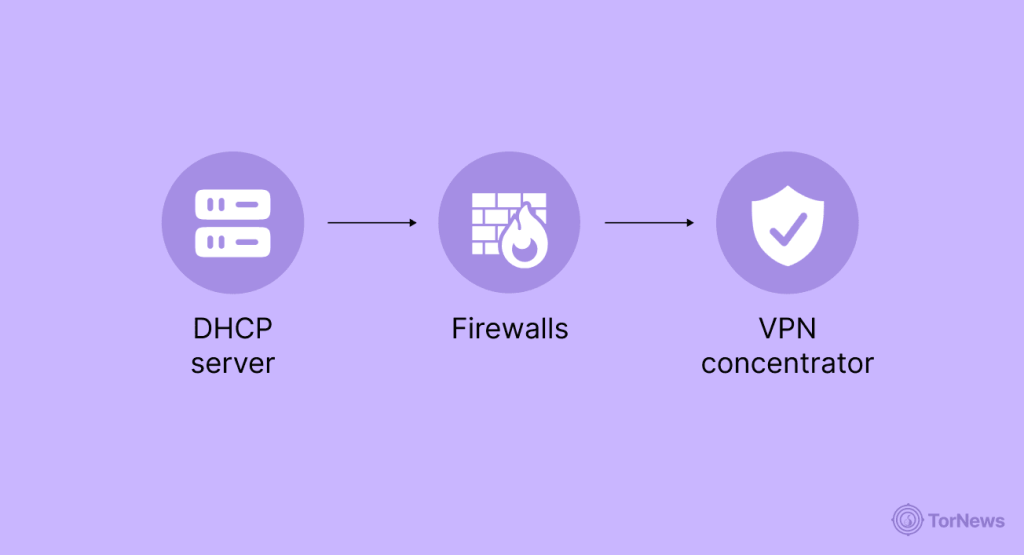
A gateway does much more than translate; it possesses features for better network performance and security:
- Protocol conversion: This is its most basic feature. It allows it to connect two different networks.
- Network Address Translation (NAT): Allows several devices located within a private network to share a single public internet address. Put differently, this minimizes the number of public IP addresses a network can have, while offering a degree of obscurity.
- DHCP server: Many of these devices have a DHCP (Dynamic Host Configuration Protocol) server. DHCP assigns IP addresses to devices. In this example, the device is watched, and when the device connects, an address is available for linkage.
- Firewalls: Firewalls are utilized to monitor all traffic that goes in and out of a network based on specific criteria predetermined by the configuration of the firewall. Firewalls are able to perform security functions that are needed to stop unauthorized access and hidden attacks on your network.
- VPN concentrator: A VPN concentrator is advantageous because it allows a multitude of users to access a network remotely at the same time.
- Caching: Network performance is enhanced when certain gateways have the ability to cache frequently requested data.
For instance, if you are on a network with multiple users, and everyone accesses the same website, the gateway can cache this content for rapid delivery next time it is requested.
Gateway in Cybersecurity
A gateway has an important cybersecurity role in and around a network’s security. The gateway is well-positioned as the first line of defense against external threats on the edge of the network.
- First line of defense: The first layer of defense is at the gateway. It is the first Contact Point for any inbound or outbound traffic from the outside world. It will be here that the firewall will inspect and filter this traffic. Any data packet that appears suspicious or is unauthorized can be eliminated at this point.
- Intrusion detection and prevention: Gateways that have Intrusion Detection Systems (IDS) and Intrusion Prevention Systems (IPS) are very common. An IDS keeps track of suspicious traffic on the network and informs the network manager of questionable activity. Then an IPS goes a step further and manages malicious traffic automatically to protect the network.
- VPN security: A gateway that offers VPN capabilities makes certain that remote connections are secured through encryption and/or authentication protocols (with their secure connections working from both ends) so that sensitive information is not intercepted.
- Unified threat management (UTM): Some high-end gateways provide UTM (Unified Threat Management), which combines many security products like a firewall, antivirus, content filtering, and even intrusion detection, and provides you with everything within a single device.
Benefits of a Gateway

There are many advantages to having a gateway on your network:
- Greater security: A gateway is your main access point, so it can help you ensure policies like a firewall are centrally located to protect your network as a whole in one area.
- Protocol translation: A gateway’s ability to translate different protocols can allow networks using different protocols to talk to each other, and is imperative for the internet to function at all.
- Better network management: Gateways centralize network management to provide a single location for monitoring, logging, and traffic analysis.
- Resource savings: Through NAT, a gateway allows many devices to share a public IP address. This is much more efficient than providing a dedicated IP address for each device.
- Scalability: Gateways can deal with high levels of traffic, and can be scaled up to include more devices and more users on the network.
The Downsides of a Gateway
While gateways do have advantages, there are a few downsides as well:
- Single point of failure: Should the gateway fail, there is a loss of all network access to the outside world. For these reasons, gateways can be considered critical single points of failure.
- Bottleneck: All traffic passes through a gateway, and if the throughput is insufficient, the gateway can create a bottleneck in performance.
- Cost and complexity: Gateways with UTM, for example, are expensive, and configuration and management are complicated; thus, requiring specialist knowledge to deploy and operate.
- Security vulnerability: If the gateway is improperly configured and results in vulnerabilities, it could place the entire network at risk.
Can a Router Also be a Gateway?
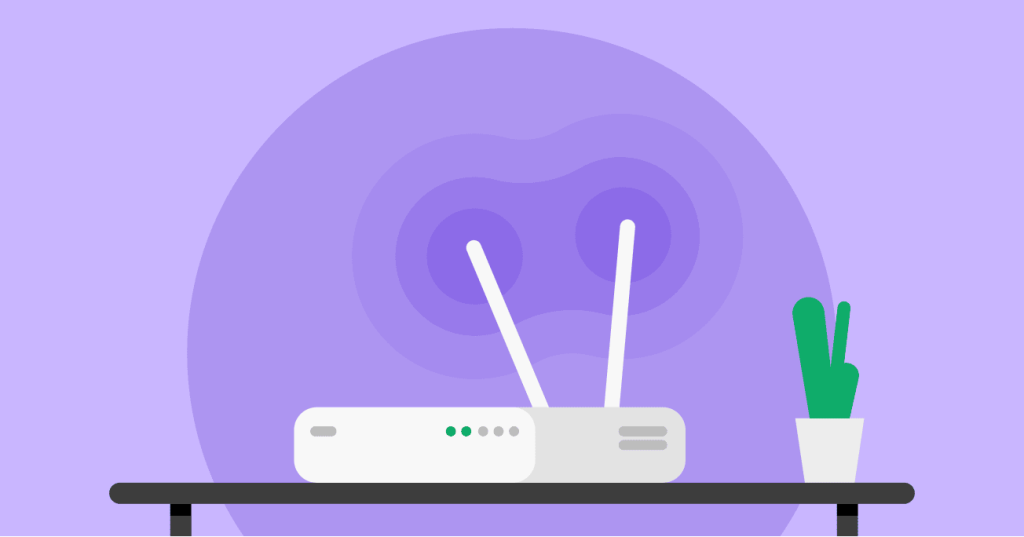
This is another common question, and yes! Most home routers are actually gateways. Your home router may serve as a router and a gateway at the same time. It does this using its headers and routing tables that are built in. You can think of these as GPS coordinates that tell each little packet of information where to go.
Those packets could be anything: your emails, your bank transactions, the web address you’re looking at right now. Due to its ability to direct and convert data, a router can be a gateway. In today’s home network, the device your Internet Service Provider (ISP) provided you with (the modem-router combo) acts as both the modem and router.
It is a gateway (that connects your home’s private network to your ISP’s network and hence the internet) that uses different protocols. It is a router since it redirects traffic within your home network to the appropriate device.
Difference Between Gateways and a Router
While a gateway can be a router, and a router can have gateway functionality, they are fundamentally different devices:
| Gateway | Router |
|---|---|
| Connects two networks that use different protocols. | Connects and directs traffic between networks running on the same protocols. |
| Serves as a translator – changes one protocol to another so two networks can communicate. | Serves as a guide – determines which is the fastest or best route for each packet to travel. |
| Doesn’t support dynamic routing (routes are usually fixed). | Supports dynamic routing, adjusting automatically as the network changes. |
| Can be hosted on dedicated hardware, physical servers, or virtual machines. | Typically runs on dedicated hardware (like your home Wi-Fi router). |
| It can also be called a gateway router, proxy server, or voice gateway. | It can also be called a wireless router or an internet router. |
Gateways Use Cases
Gateways can be used in a variety of environments, from a small home network to a large data center run by a corporation:
- Home network: In your home network, your router-modem is a gateway to the internet and communicates with your devices and the internet by translating data from the public internet to your private network and vice versa.
- Enterprise networks: In an enterprise environment, a gateway is added to connect a corporate internal network with the outside world. A gateway establishes and enforces security policies between networks and will help with smart traffic management as well.
- IoT: In the Internet of Things, gateways are used to connect many smart devices to the cloud. Gateways aggregate data from an array of various sensors and convert that data to a format that can be stored, processed, and analyzed by the collection of smart devices.
- Cloud Computing: “Cloud storage gateways” enable organizations to present their on-premise infrastructure as being integrated with cloud storage services to work as a hybrid cloud.
- Telecommunications: Telecoms are now utilizing VoIP gateways in order to upgrade their infrastructure.
Conclusion
The gateway is an important essential part of modern networking. It connects your private local network to the rest of the world through the Internet. Its job is to allow for data translation and send it to the right device, basically performing as a translator that connects unique and diverse devices.
The gateway is often confused with a router; however, the gateway’s unique function as a protocol translator and its unique position at the edge of the network prevent any confusion of its important role in security and communication.
No matter if it is protecting your home network with a built-in firewall or making a global IoT ecosystem a possibility, the gateway is the unsung hero of our digital world.
FAQs
A default gateway is the IP address a device sends all of its traffic to when the destination is outside the local network. It’s the “default” route outside of your network.
Yes, but it is uncommon in home networks. Within the context of complex enterprise networks, you may have multiple gateways for redundancy, load balancing, or to connect to a different external network.
No, a modem is not a gateway, but many newer devices blend modem and gateway functions. A modem converts digital signals from your computer to analog signals to send them over either phone or cable and vice versa. A gateway translates protocols across networks.
